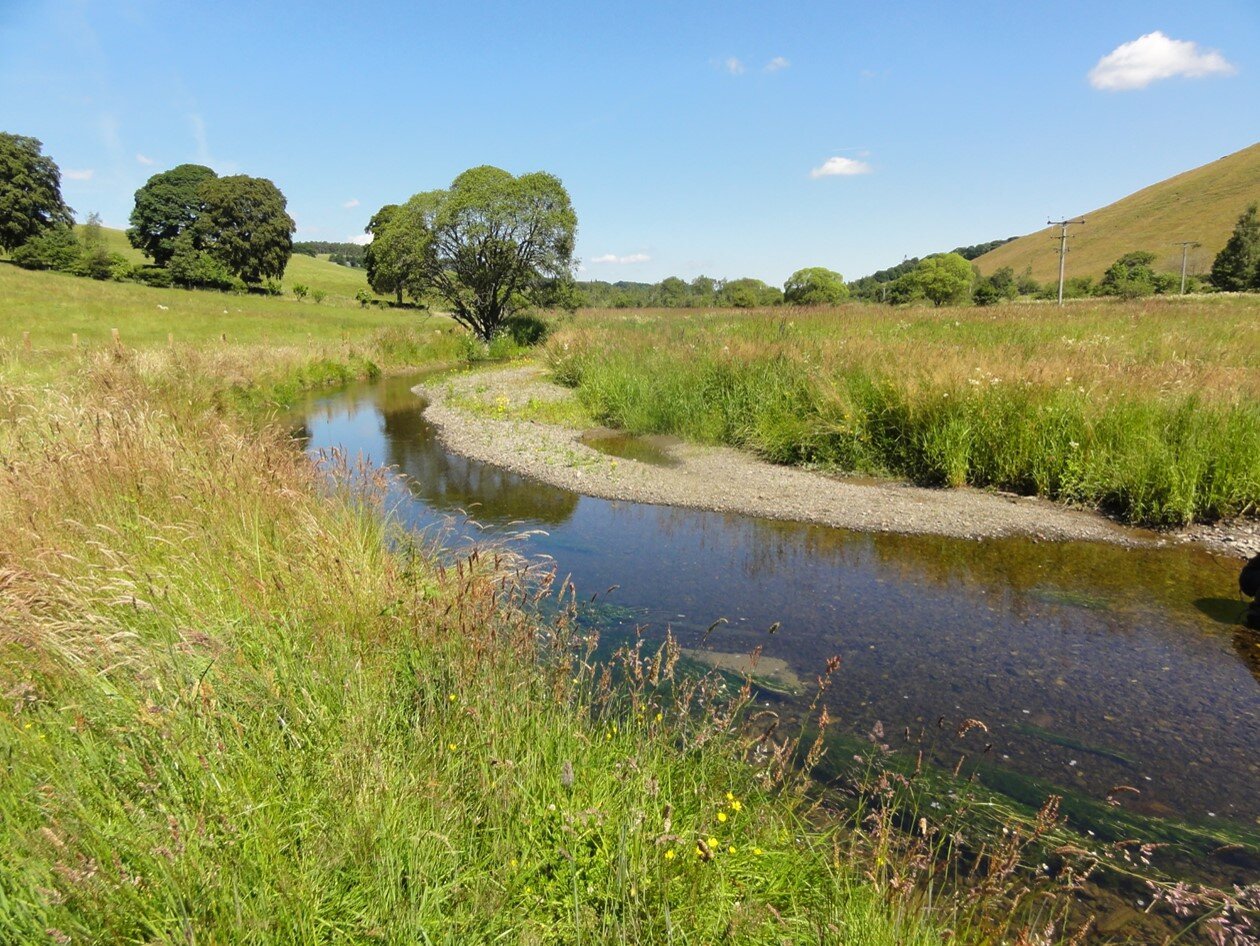Introducing Eddleston
Often overlooked as people pass through on the main drag, Eddleston is a charming conservation village with hidden treasures at every turn.
The village of Eddleston
All too often, the small village of Eddleston is passed through enroute to somewhere else – heading north on the main road to Edinburgh, or south to Peebles and the wider Tweed Valley. But it deserves far more than just a fleeting glance through the window.
Just four miles north of Peebles, this lovely conservation village is a place of rich history and hidden depths. With origins that date back to around 600AD, it was long believed that the village possessed spiritual and healing properties thanks to the particular arrangement of water that flows through and around it.
It may or may not be spiritual, but the Eddleston Water which flows through the village centre has itself been healed in recent years. In the past, the river – known locally as ‘the Cuddy’ – was extensively straightened, which left it prone to serious flooding.
But that has changed dramatically over the past decade. Led by Tweed Forum, and in collaboration with a range of local landowners, the Eddleston Water has been the subject of a major restoration project that has seen the introduction of meanders, extensive planting of native trees, creation of areas of wetland and engineered log jams. All have helped slow the flow of water and improve the ecological health of the river.
Eddleston Water
Recognised as one of Scotland’s most extensive river restoration initiatives to date, the project team hosted a group of COP26 delegates in November 2021 and gained global recognition by being chosen as the only UK UNESCO Ecohydrology Demonstration Sites in February 2023.
Along its route, the Eddleston Water passes close to the colourful cottages of the old village, as well as a scattering of rustic, characterful huts. The dwellings are representative of a wider social movement that took place a century or so ago when landowners were encouraged to provide places for miners, industrial workers and ex-servicemen to enjoy green space.
There are good eateries here too, with the Scots Pine Tea Room and The Horseshoe Inn – once the site of an old smiddy, medieval workshops and cottages – both deservedly popular. On a grander scale is the nearby Barony Castle, an imposing 16th century tower house originally built for the Murrays of Blackbarony but now a high-end hotel.
Barony Castle
Its extensive grounds are as impressive as the hotel itself and include a striking avenue of lime trees, an old ice house once used to store ice collected from the mill pond and surrounding burns during the winter months, plus an ornate summer house.
But of all the secrets hidden in the lavish grounds, the Great Polish Map of Scotland is the most remarkable of all. This giant, three-dimensional scale model of Scotland – believed to be the largest terrain relief model in the world – was the brainchild of Polish war veteran Jan Tomasik.
The Great Polish Map of Scotland
Built over six summers between 1974 and 1979, it was mainly the work of a small group of Poles. The map gradually fell into disrepair but has recently been restored by MAPA Scotland, a local team of volunteers who wanted to see this extraordinary feature returned to former glories.
A little further from the village, and on a similarly grand scale is Cringletie – an historic 28-acre estate originally established in 1666 and now a sumptuous hotel. The grounds house the original walled garden, ancient yew tree hedges and a winding nature trail.
Cringletie Hotel
Best of all, the estate is now on the route of a multi-use path linking Eddleston with Peebles – a welcome development that will see many more people get off the main road and explore this delightful corner of the Tweed Valley.
Further info
An extension of the popular Tweed Valley Railway Path that follows the River Tweed from Peebles to Walkerburn, the Eddleston spur is part of a wider effort to encourage active travel in the area. It is suitable for walkers, cyclists and horse riders.
Images: Ian Linton Photography; Tweed Forum; Cringletie





